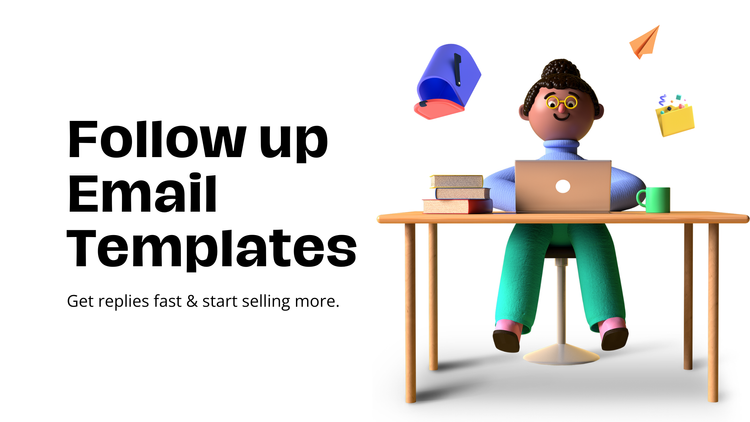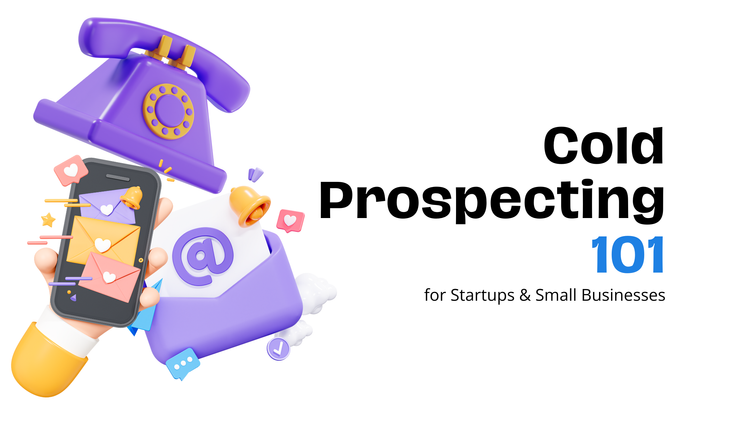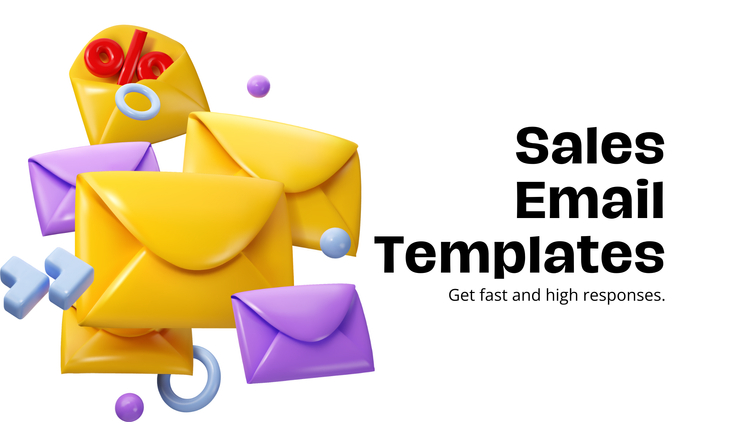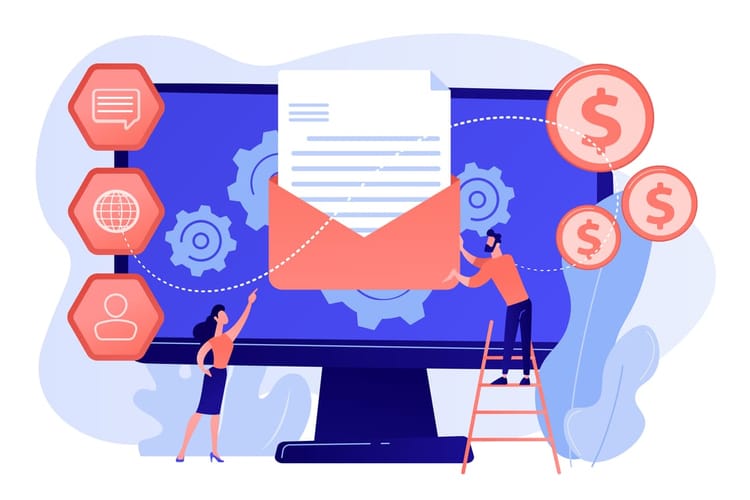How to Write a Cold Email That Interests Prospects
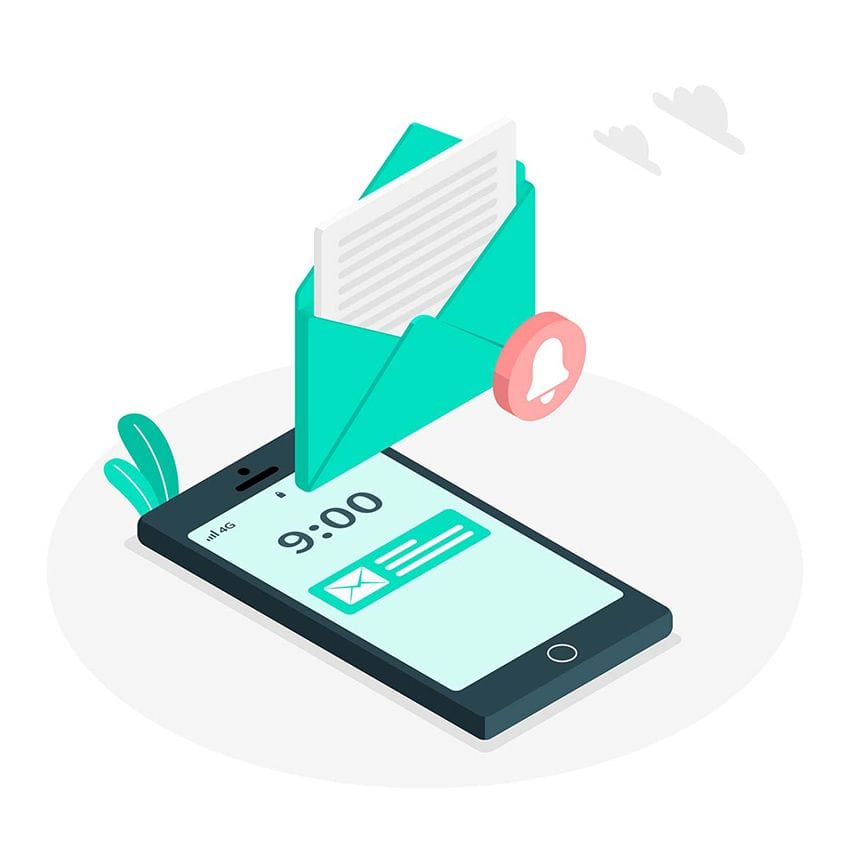
When it comes to the most popular distribution channels for B2B entrepreneurs, marketers, or even sales leaders, cold emails are on par with social media platforms and company websites. That’s because professionals have been using email for years, and they know it works. In fact, 87% of marketers in the B2B sector use this distribution channel.
At the same time, your target customer is likely getting dozens if not hundreds of emails a day. With these packed inboxes, it’s not surprising that few people get the results they are aiming for when sending out cold emails. Fortunately, if you have experienced these frustrations, there are proven fundamentals you can use to improve your results.
This article focuses on ensuring that the next time you write a cold email, it is packed with the right elements. By following these steps, you can ensure you’ll get more replies, more meetings, and ultimately, more sales!

Find Your Target Audience
Sending out cold emails that get responses is not only a numbers game. One of the biggest success factors is the quality of your leads. First of all, you need to find the decision-influencers or decision-makers within a company that would actually buy your product or service.
Simply put, if you aren’t reaching the right audience, writing all those cold emails is not going to be as effective. So before you start writing, put in the research time to figure out who your audience should be. Make sure you understand why they need your product or service, so you can write a message that is compelling to them. And, finally, take the time to build a high-quality email list that’s targeted and relevant.
Write a Compelling Subject Line
The subject line determines whether someone opens your email. So if you can’t grab your recipient’s attention with your subject line, the body of your email won’t be read, since you’ll have lost their attention. According to Braden Becker, a senior strategist at HubSpot:
“What makes a good email subject line? It’s a message that conveys urgency, curiosity, personalization, and so much more.”
Emails that generate the highest percentage of open rates tend to be personalized. Take for example the subject line, “I found you through [contact].” Something like this typically performs well because it builds a connection between you and the recipient. It also shows that you did some research and put forth the effort.
If you are struggling with nailing your subject lines, do some research on the ones that are shown to get a higher open and response rate. With so many other people out there also sending cold emails, there are plenty of proven examples of cold email subject lines.
Personalize Your Cold Emails
Again, people receive many emails every day. The first goal in writing cold emails is to separate yourself from all the others—to stand out. If you think about your own email habits, you’ll probably realize that you only open emails that seem authentic and are sent from real people. And you probably rarely reply to emails that are not personalized and relevant to you.
Here are some tips to achieve authenticity:
Be relatable in your cold emails
As quickly as you can, try to find two to three relatable things about your cold email recipient. It can be as simple as searching their LinkedIn page or website for information. You can look for their current location, work history, university, or mutual connections.
How does this help you write a cold email? With this information, you can quickly build a connection. For example, you can look for other customers of the city they live in and tell them how you’ve helped them. Or, if they went to a university known for its sports team, you could quickly research how the team is doing and mention it in your note.
Send a personalized Loom video
People don’t open emails because they don’t have time to read through them (or they don’t want to). But with a one or two-minute explainer video, you can get so much more information across without wasting much of their time.
In Wyzowl's 2021 State of Video Marketing Survey, 84% of marketers credit videos for generating leads effectively, while almost 80% say that videos impact sales directly and positively. Videos work because they fulfill the verbal and visual communication experience, which gets people more engaged with your content. Plus, you can even personalize your videos in much the same way we describe above for your emails.
Be as relevant as possible
Find out the technology they are currently using. Talk about the pain points of using that technology and the benefits your product or service provides. Prove to them that you’ve done good research and give them confidence that you are the right fit.
You can also send them relevant case studies that highlight the attributes that will help their company. Try to find case studies that showcase a company that’s similar to theirs—the same size or in the same industry. You can mention that you work with similar companies and how you help them.
And that brings us to our next question…
What Types of Content Should I Include?
This is always difficult. With cold emailing, you don’t know your audience but you somehow have to try to connect with them.
We’ve already gone over the need to do good research on your cold email recipients. But to further that connection, they also need to know you. You need to go from being a stranger to being credible and trustworthy.
To achieve this, you can tell them about things you have in common, such as groups you belong to or hometown connections. If you can, also mention any kind of authority you have. Let them know that you are the most knowledgeable or most credible source for what you do. Mention any awards or something else important that makes you an authority.
Once you’re no longer a stranger, then you can address their pain points and show them something they want (or need). Once you’ve done that, it’s time to gently prompt them to take action.
Don’t Forget Your Call-to-Action (CTA)
So, your recipient opened your email because your subject line lured them in. They liked the content you wrote because it was relatable, relevant, and addressed their business pain points. But now they need an action to take. That could be a link to learn more, a free trial, or a request to set up a meeting.
No one is immediately a master at writing a cold email call-to-action on the first try. Let’s analyze this example of a complete cold email to give you more context (this email comes from HubSpot):
[First Name],
It looks like we both sell to CIOs in the Boston area. I meet with a handful of successful salespeople each week to talk about accounts, and we help each other with introductions to prospects. During some months, my networking group books me more meetings than my SDR.
Would you be interested in meeting for coffee to talk about how we might be able to help each other out?
Excited to hear from you,
[Your Name]
As you can see, this prospecting email example checks all the boxes we have discussed above. The sender makes a connection by personalizing the introduction, explains how they can help, and then gives the recipient a clear call-to-action. It manages to do all of this in a short email, too - because don’t forget, your prospects probably don’t have a lot of extra time.
Remember that even perfectly written cold emails won’t get responses unless you do the right research beforehand. You have to know who your target customer is before you can build your list. For B2B companies, LinkedIn is an excellent place to find your ideal customers' contact information.
“How to write a cold email” is a hard question to answer as there are many different ways an email can be written, but these steps are the recommended starting point.
Looking to gather potential customer email addresses and create an email list for your cold outreach? Try our email lookup tool today!

